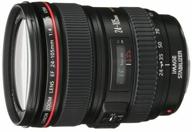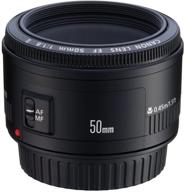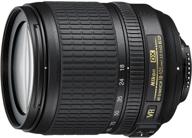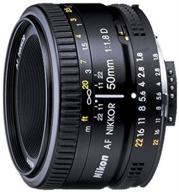
Review on 📷 Nikon Nikkor Z 20mm f/1.8 S Ultra Wide Angle Prime Lens for Nikon Z Mirrorless Cameras – Fast and Optimal by Paul Walton

Nikon 20mm 1.8 z lens vs Sigma 14-24mm 2.8 astro/milky way lens
I just bought both lenses to try for astrophotography and milky way photography. The Nikon Z 20mm lens is very sharp and ideal for the stars. Much lighter and smaller than the Sigma lens, it can also be used for daytime landscapes. Images from the Sigma 14-24mm were comparable in sharpness to stars and low light. The advantage of the Nikon Z 20mm lens is that it is much smaller and lighter (1.2lb) than the Sigma 2.5lb lens. It also requires a 77mm filter, which is easier to find. Sigma needs a huge filter if you can find one. Plus, the Nikon Z lens easily fits in a camera bag. There is no sigma. The Sigma lens is a huge lens that doesn't fit in a camera bag and weighs as much as the Nikon Z6 ii camera itself. The advantage of the Sigma lens is that at 14mm it captures 25% more of the Milky Way and sky than a 20mm Nikon lens. You will find it difficult to carry a Sigma 14-24mm lens during the day unless your arm gets tired. Also, the Sigma lens only fits in the FTZ adapter, and the adapter is difficult to attach to the Z6 when it's on a tripod. You have to take the camera off the tripod to attach the sigma adapter and lens, which is tedious and can force you to realign polarity when using a star tracker. However, most images of the Milky Way taken with a 20mm Z lens cut off part of the Milky Way. They seem to mainly capture the galactic core and nothing more. Sigma captures much more of the Milky Way and sky. So it's a compromise between the two lenses. I'm trying to decide which lens to keep and which to return. Hard decision.
- Done
- Some issues
New products
Comments (0)
Top products in 👓 Lenses

Canon EOS SLR Camera Lens EF 24-105mm f/4 L IS USM

124 Review

Canon EF 50mm f/1.8 II Fixed Lens - Discontinued by Manufacturer

93 Review

New Nikon 18-105mm Vibration Reduction 📷 Zoom Lens with Auto Focus for Nikon DSLRs

104 Review

Nikon 50mm f/1.8D Lens: Perfect for Nikon DSLR Cameras!

97 Review





